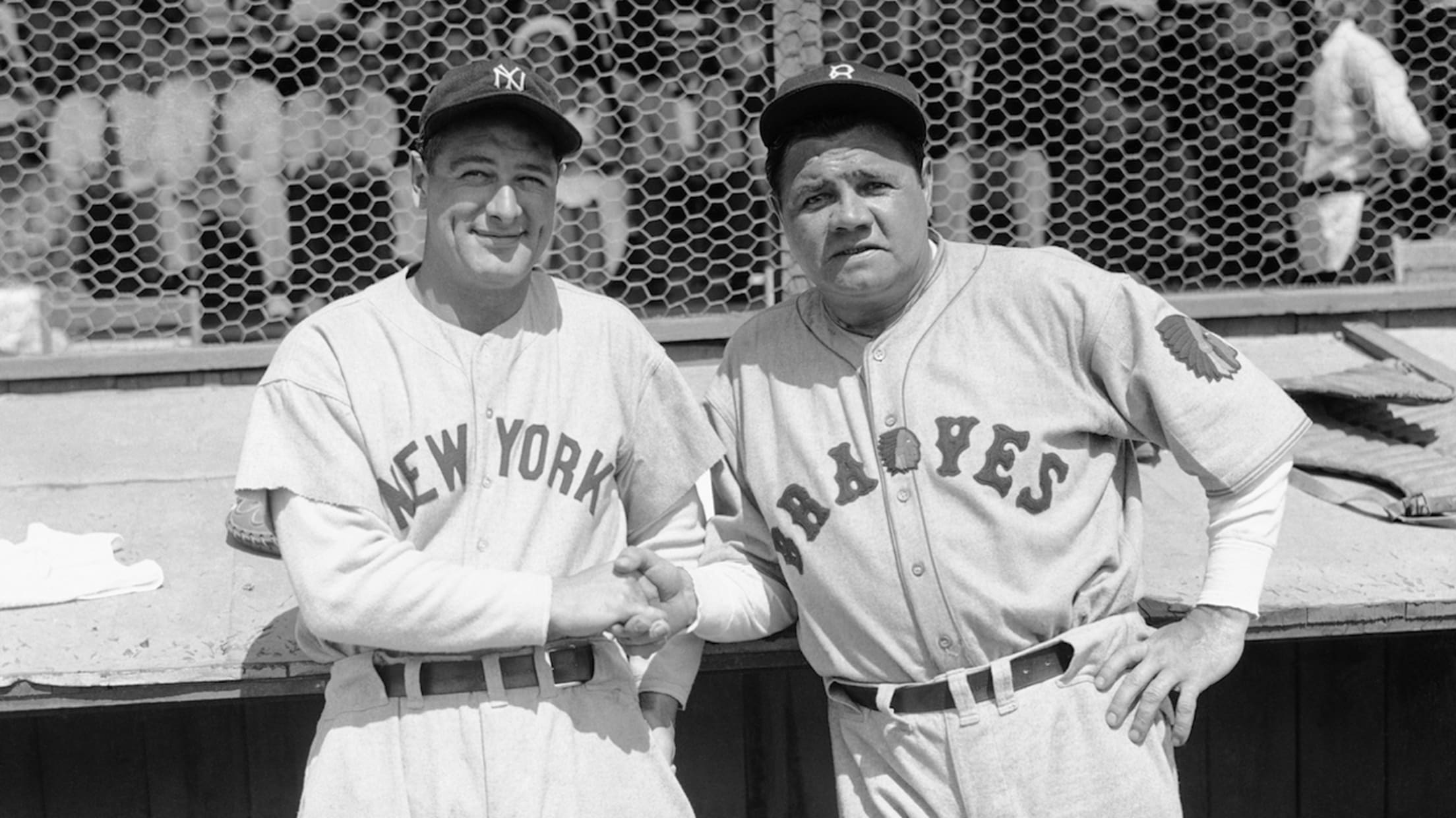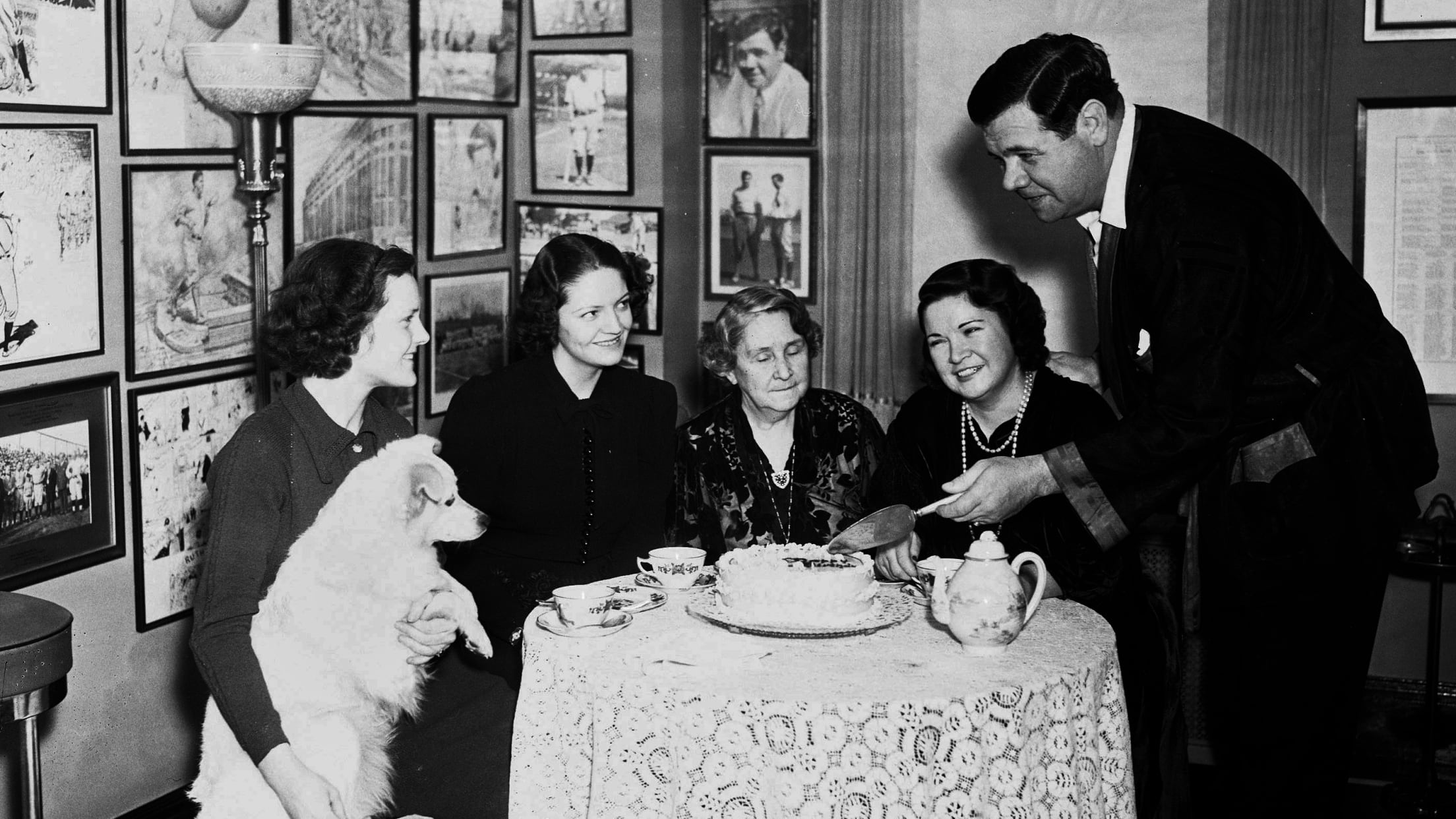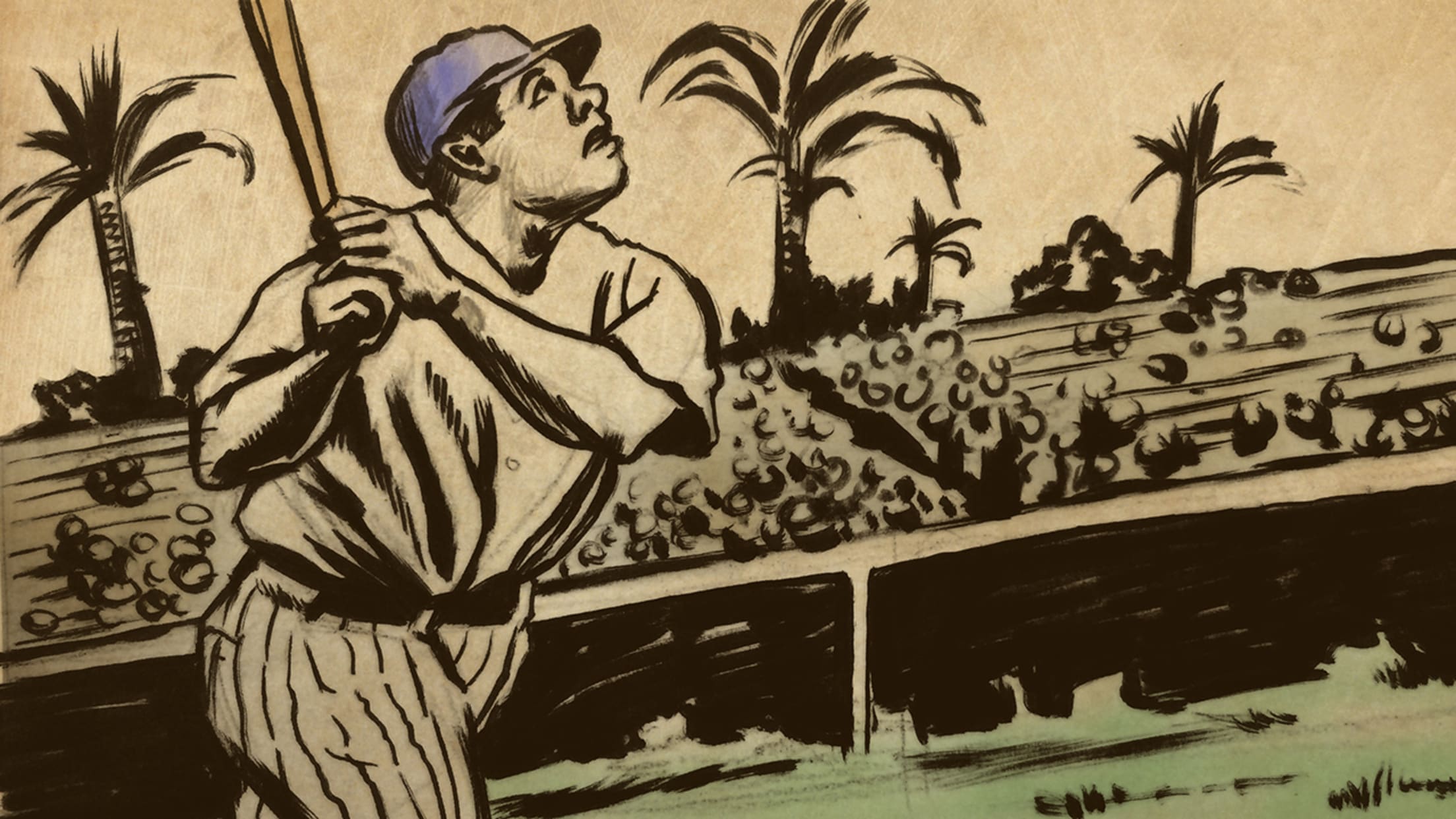Babe Ruth ended his Major League career as a mind-blowing statistical outlier

Babe Ruth deserved a far better ending to his career than the one he got. With the slugger's health in decline, the Yankees released Ruth in February of 1935, leaving him to sign on for one last ride with the Boston Braves. It did not go well: By late May, Ruth was hitting just .181, and the team was mired in last place.
By May 30, in the first game of a doubleheader against the Phillies, he'd finally had enough. Ruth grounded out in the top of the first, and then, after the final out of the bottom half, he walked right out the center-field fence -- never again to appear in a Major League game. That was it: a harmless putout, a standing ovation, and the career of Babe Ruth -- the Sultan of Swat, baseball's first true superstar -- was over.

Rather than dwell on one inning of one game, though, we're taking this opportunity to celebrate the career that he left behind. Because while you're no doubt aware that Babe Ruth was great at baseball, it's hard to put into context just how great he was.
Ruth is used, even now, as a benchmark, the player all others are chasing. But in 1935, his numbers were scarcely even conceivable. For example: Ruth ended his career with 714 homers. Second on the list at the time of his retirement? Old partner in crime Lou Gehrig ... at 378. His slugging percentage stood at .690 -- a full 50 points ahead of Gehrig and Jimmie Foxx. Even his strikeouts were otherworldly, Ruth's 1,330 dwarfing second-place Jimmy Dykes by more than 500. If an alien had landed on Earth and taken a look at baseball's record books, they probably would have concluded that the Babe was playing a different game entirely.
Which is why Yankees fans didn't care that he'd gone out as a slumping hitter in another team's jersey. Ruth was larger than life -- and when he got back home to New York after calling it a career, everyone couldn't wait to say hello:







